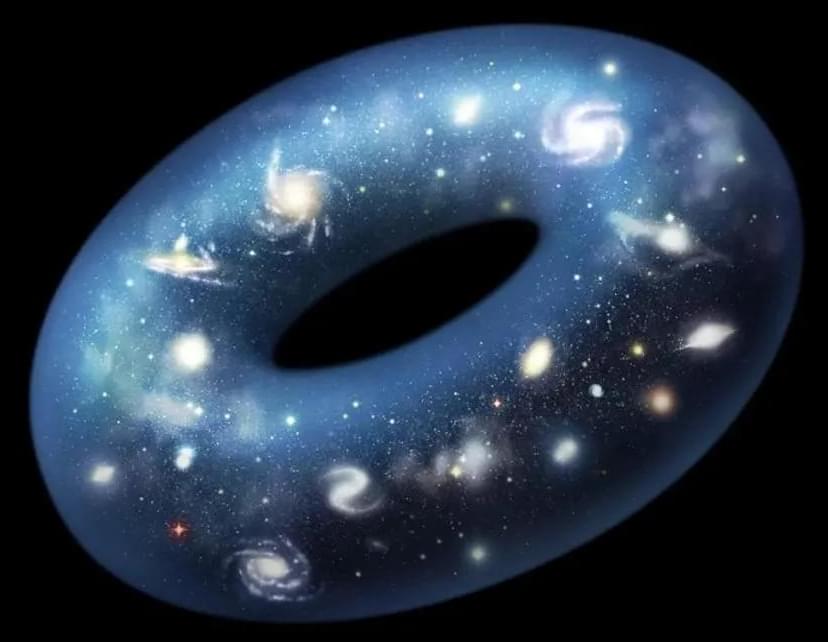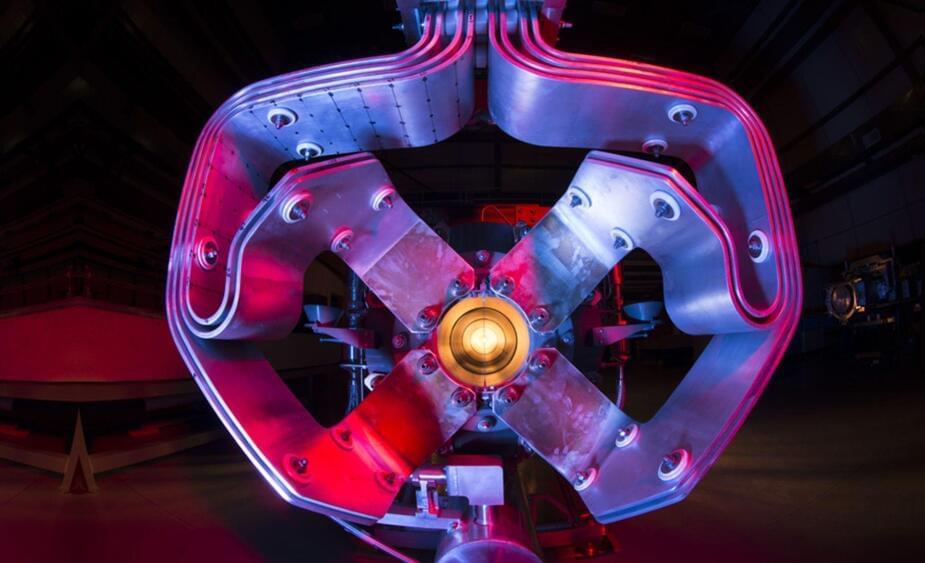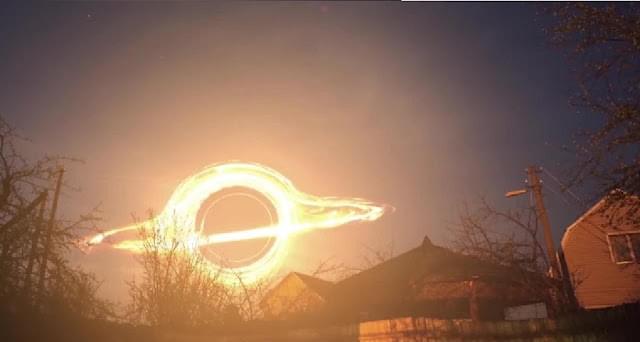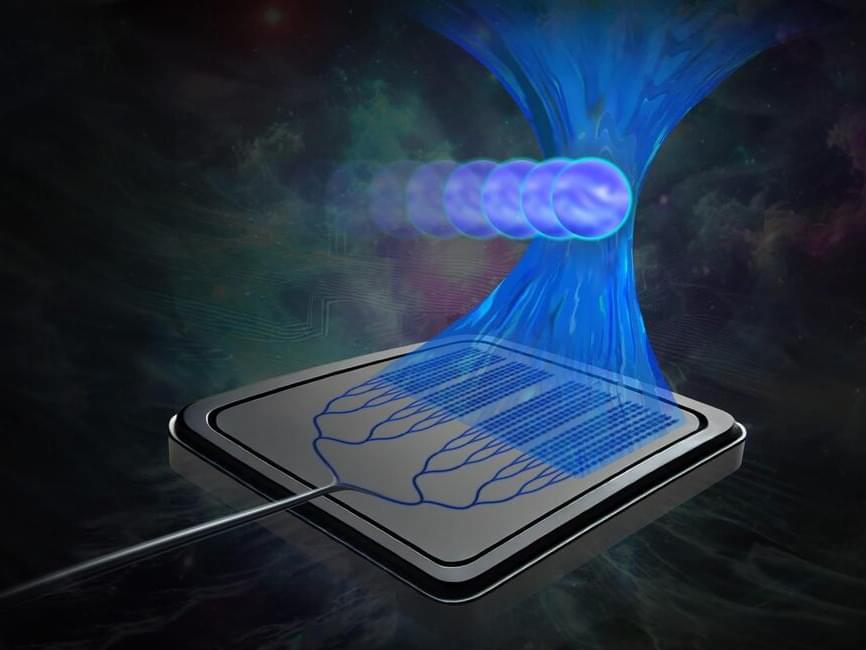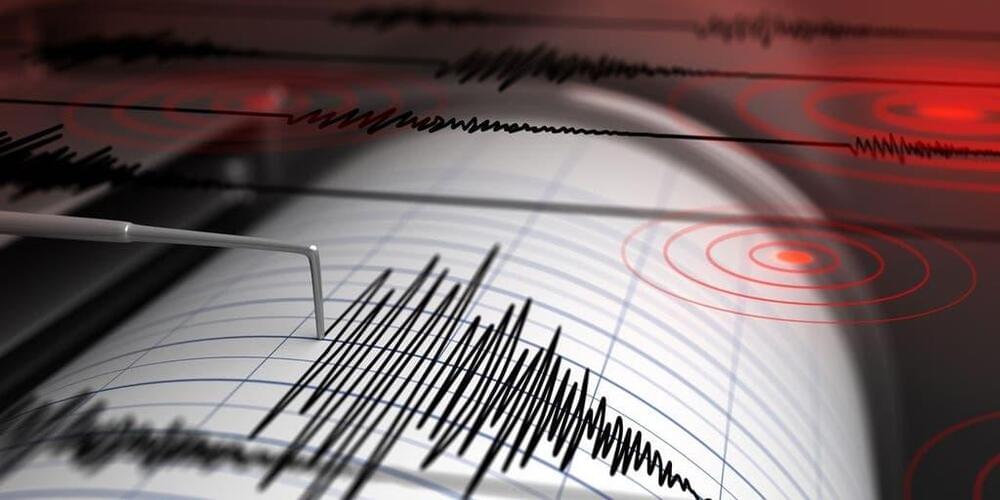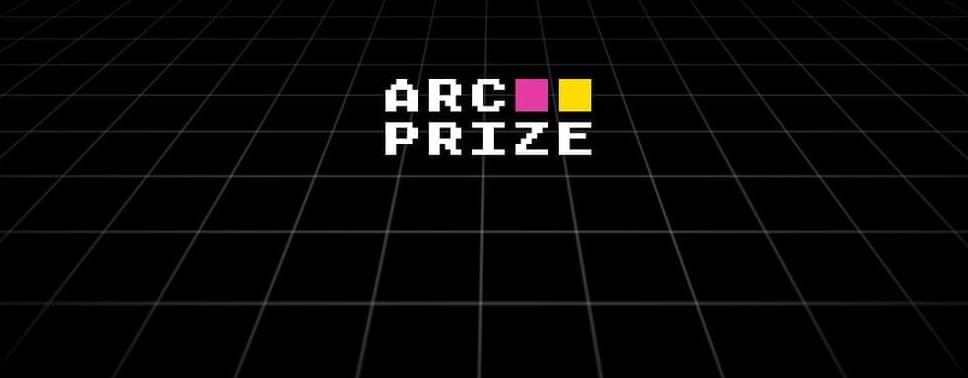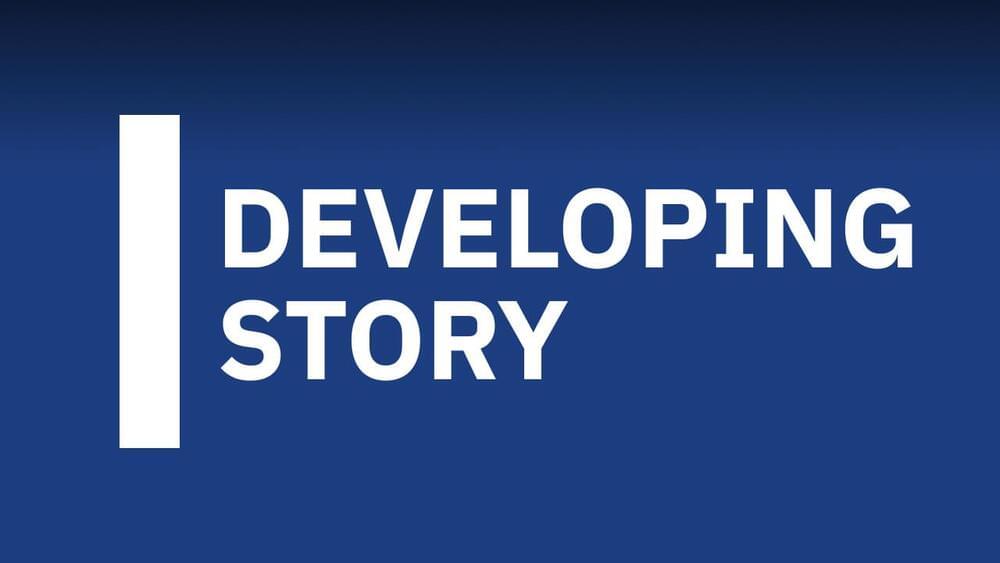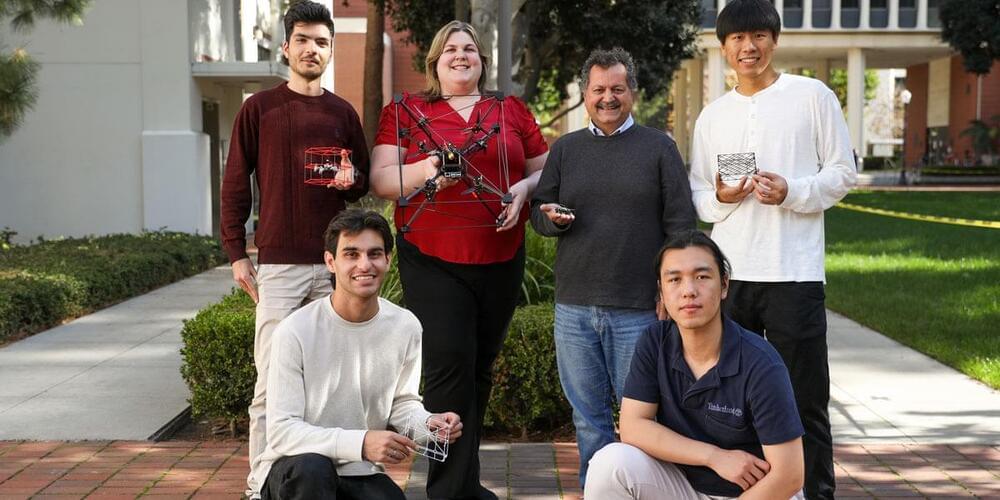The world is full of unusual unicellular organisms and microbes, many of which have not been discovered yet. In 2017, scientists identified a single-celled marine organism called Chromosphaera perkinsii in sediments collected from Hawaii. This species is estimated to be over a billion years old, making it older than the world’s most ancient animals. Researchers determined that this species has significant similarities to some animal embryos, though it is typically unicellular. The findings, which have been reported in Nature, suggested that some of the genetic mechanisms underlying complex life are present in C. perkinsii, or that it has evolved those characteristics independently.
The investigators noted that this study seems to answer the question of whether the chicken came before the egg; it was apparently the egg, since the genetic tools for making eggs existed prior to the emergence of chickens.

